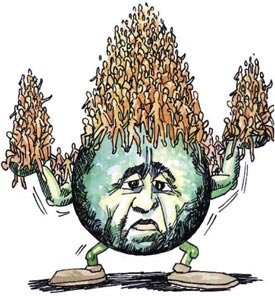
Image source: 7 billion earthlings
Commission on Population reports that the Philippines now has a population of almost 90 million (or 88.5 as of 2007) that grows at the rate of 2.04 percent a year. The population is projected to balloon to 150 million by the year 2050. Filipino women, on the average, still have three children. Many women do not practice any family planning method. In 2008, it was found that the number of married women using birth control was just about the same as those who were not using (Commission on Population).
Filipinos, for the past several decades, have been moving to the urban centers and the areas surrounding them. This has led to the rapid increase in the population of these areas, making them also very densely populated. The most crowded part of the country is the National Capital Region, where there are 18,650 people per square kilometer of land (Commission on Population).
A rapidly growing population means that more resources are needed to support the rising population. This rising population not only includes the vast majority of people living in the urban areas, but also include the poor people living in the rural areas, near areas rich in biodiversity. An increase in the number of people living in these areas where they depend on natural resources for a living also mean that more of these naturally abundant regions will be encroached upon to provide for a rising population. Population control is a strategy that may effectively work against reducing the environmental problems as family planning may reduce the number of children a family has to fend for, in turn reducing poverty and thus reducing the infringement of natural resources that otherwise would be used to provide for these children. It is therefore important to educate women of childbearing age on proper family planning methods and the benefits arising from having less children.
